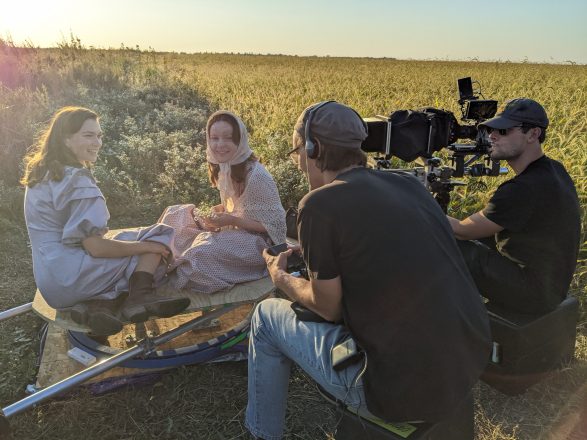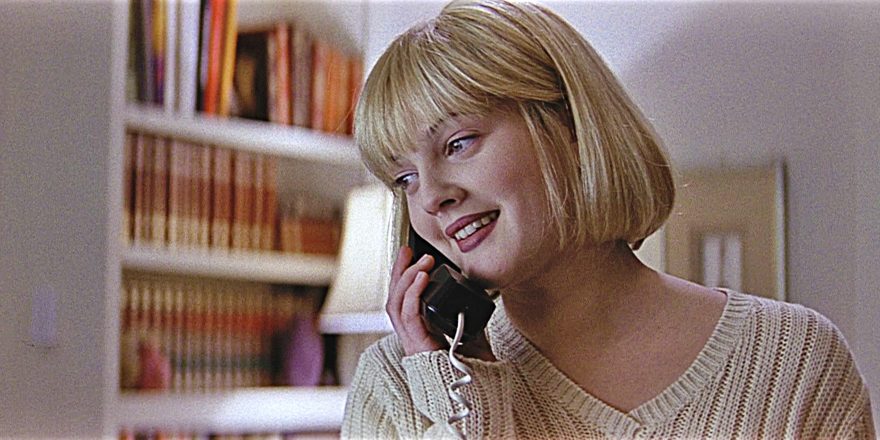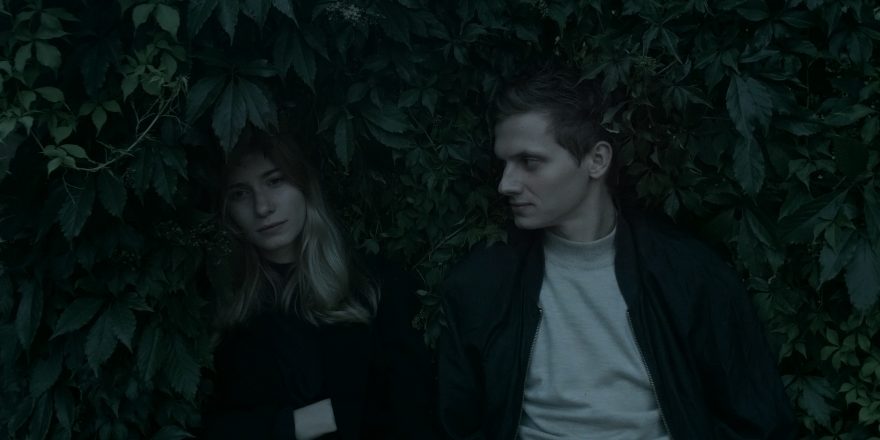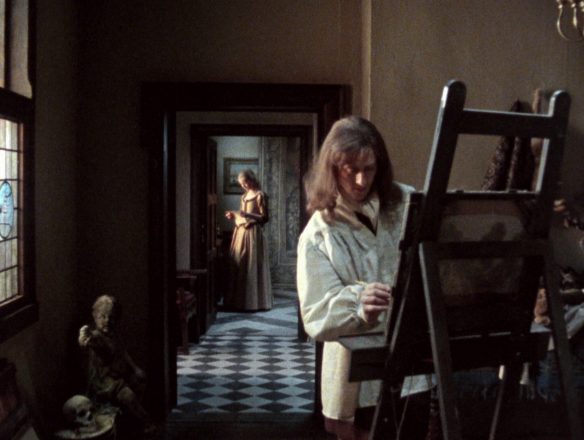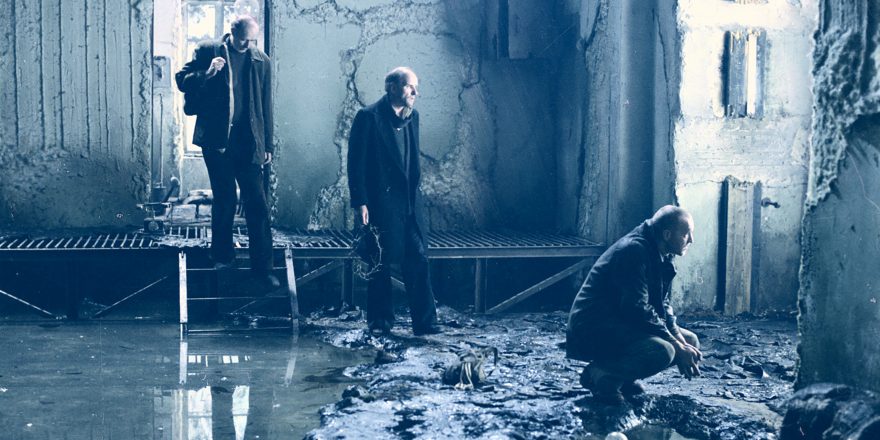The viewing of a motion picture has often been compared to a dream state, but films struggle to completely encompass the self like dreams do. Even the most enveloping film cannot convince me that I am inside it. However, there are those rare cinematic works that are able to push me towards a hallucinatory and trancelike experience that massively elevates emotional and psychological activity during their runtime. I have long been fascinated by these films, which all seem very much of a piece, but as far as I can discern have never been formally grouped or analyzed; I dub them “Hypnagogic Cinema.” This cinematic style has been formative to my development as a film viewer, and has served as a guiding force behind my work as a filmmaker, in particular to the creation of my most recent feature, An Evening Song (for three voices).
Hypnagogia is the state of consciousness that immediately precedes sleep. The term originates with the French physician Louis Ferdinand Alfred Maury, one of the earliest scientists to study dreams and their interpretation. A plethora of other, equally evocative terms exist to describe this state: some favorites include “presomnal,” “phantasmata” and “praedormitium.” This is a threshold of consciousness wherein the individual has not yet entered into a sleep state, but is possessed of a modified cognition and experience. This state is usually brief – one might speak in strange sentences, be highly suggestible to absurd notions, see imagined patterns and images, and hear non-existent sounds.
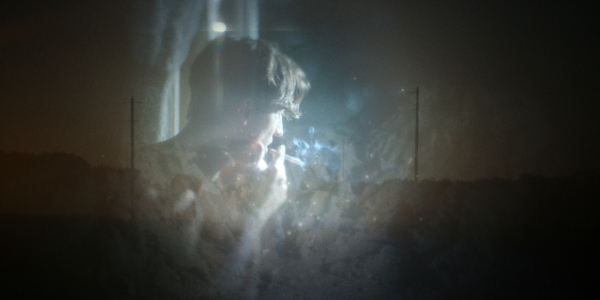
I am interested here in discussing two related phenomena: the experience of cinema while in a hypnagogic state, and cinema which (intentionally or otherwise) induces an experience that is roughly analogous to a hypnagogic state. Hypnagogic cinema produces in the viewer a sensation of possibility. As the mind is kept suspended between consciousness and unconsciousness, thoughts bubble up and wander through the structure of the film. While there is usually a perceived story, the narrative itself is not the point. Instead, the film becomes a canvas for the viewer’s own imagination to explore.
Though not every film is hypnagogic by nature, any film can be experienced in an accidental or induced hypnagogic state. I first discovered the glimmerings of cinematic hypnagogia through late-night television, in particular the endless stream of classic sitcoms which unspooled on Nick at Nite in the mid-to-late 1990s. While I found most of them dull, my intense desire to remain awake long enough to hit a block of Bewitched or Dragnet led me into the ritualized techniques necessary to achieve this state. My primary tools in those days were lemonade popsicles, laced with borderline dangerous levels of sugar. The energy these created could keep me conscious through The Dick van Dyke Show and The Mary Tyler Moore Show, as I aimed towards my goals of gently eroticized witches and SoCal true crime. I made the inadvertent discovery that any one of the shows could become a worthy experience if my mind was in the correct state. If the stars aligned and I hovered just above sleep when Joe Friday’s voice murmured from the television set, the experience was transcendental.
As an adult, I have often been able to enter this state through watching aggressively large numbers of screenings in succession. Film festivals are excellent for this purpose, as they tend to require minimal scheduling on the part of the viewer to watch many films in a row. They have the added benefit of tending to deprive the individual of long stretches of quality sleep, leaving one in an addled, exhausted state. The first and last screenings on a given day of viewing tend to be the most conducive to hypnagogic experiences, when the brain is nearest to a past or future sleep state.
In the above instances, hallucinatory hypnagogia was not intended by the filmmakers – but what happens when they actively pursue this effect?
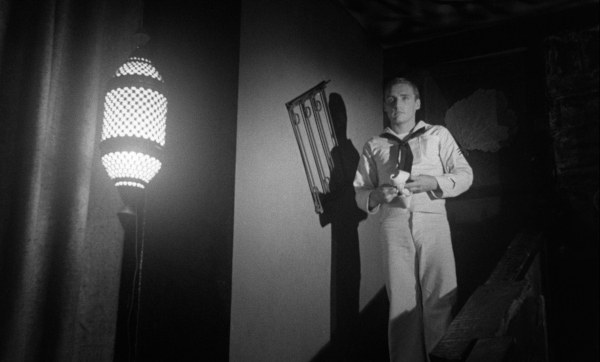
The prototypical example of intentionally hypnagogic cinema is Curtis Harrington’s 1961 masterpiece, Night Tide. My first attempt at watching it was one late night in 2001 or 2002, via a cheap public domain DVD acquired in some forgotten video store bargain bin. Night Tide concerns the relationship between sailor-on-leave Johnny Drake (a young, stunningly sexual Dennis Hopper) and a mysterious young woman named Mora (the ethereal Linda Lawson), who makes her living appearing as a mermaid in a local sideshow attraction. The plot pivots around whether the events occurring are supernatural or not. Mora claims to be a siren, and others around the sideshow warn Johnny away from her, as her previous boyfriends drowned under strange circumstances. During this first viewing, I was entranced by Night Tide’s slow, casual tone – its sleepy oddness is all-enveloping, overwhelming me into a state of actual sleep. In subsequent attempts to view it over the years, both at home and at the cinema, I inevitably fell asleep before the final revelations of the narrative: therefore it was something that has remained for me incomplete, its multiple possibilities snaking out in different directions. My first experience of Night Tide was a double one: I entered the picture at the edge of a hypnagogic state, which was amplified by the film itself. I’ve since watched it in its entirety while fully awake, and while I know how the picture ends, I remain in a suspended state when I recall it – it is a film so near to the unconscious that even experiencing it fully does not remove its mysteries.
I did not know it at the time, but Night Tide is itself a variant on Val Lewton and Jacques Tourneur’s Cat People (1942), another fantasy-romance masquerading as a horror flick which revolves around a possibly supernatural young woman. Lewton is among the highest purveyors of the form, and in many ways the horror movies he produced represent the pinnacle of hypnagogic cinema. These films, with a texture somewhere between a razor blade and a feather, can rewire my brain within moments. Similarly, Herk Harvey’s Carnival of Souls exists in a transient space between dimensions: awake and asleep, alive and dead, real and unreal. I utilized Carnival of Souls as a common sleep aid for many years, and its sounds and images are embedded in my mind, bubbling to the surface at odd moments.
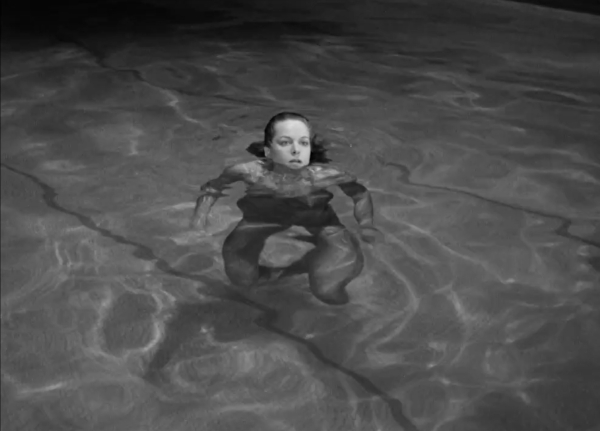
While I do not think a simple schematic can explain which films create this pseudo-hypnagogic state, there are certain elements that stand out to me as important. Some of these relate to narrative structure and content, whereas others are more tonal and atmospheric. Black-and-white films achieve the effect more easily than color films, and if a color film has this impact, it is usually a resolutely unrealistic one. Weather seems an important element – fog, of course, but also rain, wind, snow. The narrative should be simple, allowing the viewer to relax their mind. Certain landscapes appear and reappear: desolate beaches, blank fields, (seemingly) depopulated towns and cities. These are movies filled with a certain absence; it is perhaps this quality that indicates why hypnagogic films tend to be low-budget and independently produced at or beyond the margins of commercial cinema. The performers tend to move almost as if they are in a trance; as if the somnolent energies of the film have infected the characters inside of it. An element of the fantastique, while not utterly necessary, is almost always present – however, it is important for the film to remain liminal in genre, never quite dipping into pure horror where large and violent emotions might capsize the delicate rhythms. There is something in the truly hypnagogic that pushes against conventional wisdom of “good” cinema – the structure and narrative flow cannot be too tight or perfect. A certain sprinkling of boredom, emptiness or confusion is needed.
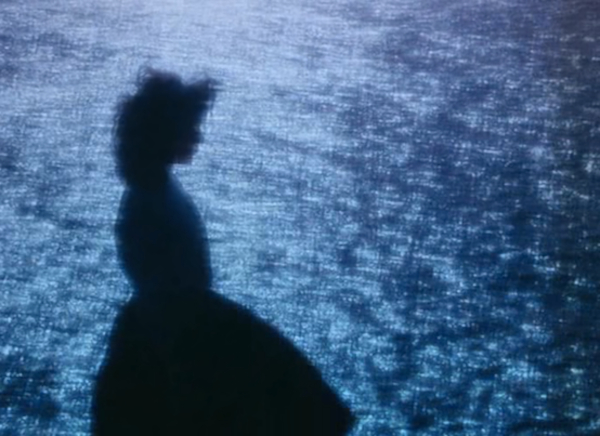
There are, however, directors for whom the hypnagogic is a near constant quality. Jean Epstein, Edgar G. Ulmer, Raúl Ruiz and Jean Rollin stand out to me as auteurs who always pursue this experience, across genres, decades and budgets. They are always ready to abandon the tenets of conventional dramatic structure or commerciality in order to maximize the trance-like possibilities of their work. Other filmmakers, such as Jean Renoir or Fritz Lang, seem more than capable of exploring the style without being wholly consumed by it. While most of Renoir’s oeuvre doesn’t even touch on these sensations, several of his films – especially 1947’s Woman on the Beach – are near-perfect examples.
Since first discovering these strange sensations, I have pursued hypnagogic cinema, both as a viewer and as a filmmaker, seeking to re-articulate this hazy trance. In my first feature, The World is Full of Secrets, I aimed to recreate the murmuring hypnagogia of my youth, through darkness and duration, whispered words and melting candles. In my most recent picture, An Evening Song (for three voices), I have pursued another variant of this experience; the languid light of late summer afternoons, the transient state between recollection and unconsciousness articulated through a meandering barrage of colors, music, emotions and overlapping narration.
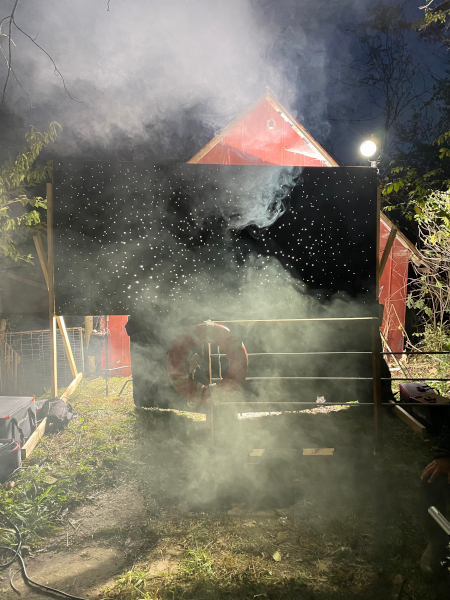
From the outset of planning An Evening Song, we decided to construct a device to capture the images off the ground glass of a large-format photography camera, enabling us to craft an entire film whose images are themselves a transient projection on a plane of glass. Cross-dissolves replaced cuts as the standard mode of transition, in an effort to keep the mind of the viewer always subsumed in the image. I have always found that when in a hypnagogic state, the hard edges of things are worn away. I embraced this as an aesthetic ideal, whenever possible removing the borders between shots, and dissolving the concrete construction of the cinematic frame, leaving a picture that dances across glass, blurring into itself, its corners disappearing into milky nothingness.
The film is designed to function like an incantation. At each step of the process – the script, design, photography, score and edit – I sought to maximize these hypnagogic sensations for myself, and I can only hope that others share in and explore this experience. I always tell audiences that it isn’t necessary to follow all the spoken words, nor even to remain fully conscious when viewing one of my films. Instead of grasping them in their entirety, the viewer should allow themselves to become infected by the film, and brought to a feverish state where the infinite possibilities of the viewers’ own imaginations are unlocked.
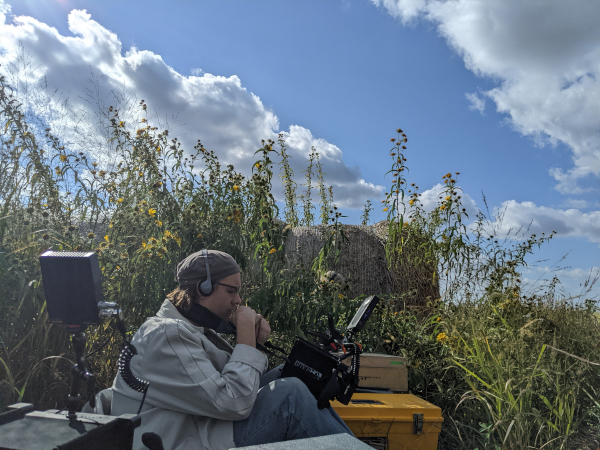
A Canon of Hypnagogic Essentials:
The Fall of the House of Usher (1928, dir. Jean Epstein)
Night at the Crossroads (1932, dir. Jean Renoir)
Rose Hobart (1936, Joseph Cornell)
Detour (1945, dir. Edgar Ulmer)
The Seventh Victim (1947, dir. Mark Robson, prod. Val Lewton)
Woman on the Beach (1947, dir. Jean Renoir)
The Secret Beyond the Door (1947, dir. Fritz Lang)
Dementia (1955, dir. John Parker)
Night Tide (1961, dir. Curtis Harrington)
Carnival of Souls (1962, dir. Herk Harvey)
Planet of the Vampires (1965, dir. Mario Bava)
The Owl Service (1969-1970, dir. Peter Plummer, writ. Alan Garner)
La Nuit des Tranquées (1980, dir. Jean Rollin)
City of Pirates (1987, dir. Raul Ruiz)
Archangel (1990, dir. Guy Maddin)
While it never occurred to me before attempting to create this list, I realized that three of the absolute masterpieces of this proposed subgenre were all produced in 1947: The Seventh Victim, Woman on the Beach and The Secret Beyond the Door. I could just as easily include a bevy of noir from ‘47 that share many of these qualities: Out of the Past, Nightmare Alley, Dark Passage, Ride the Pink Horse… Perhaps some hypnotic chemical was released into the Los Angeles water supply at some point in 1946. We cannot be certain, but it seems beyond mere coincidence.
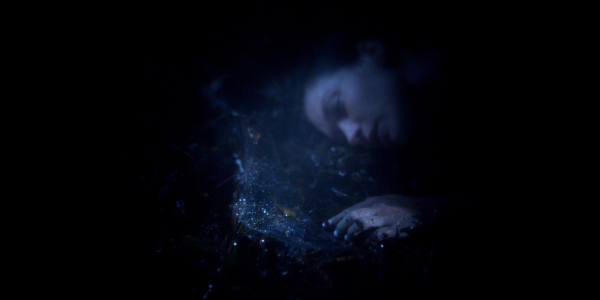
Featured image shows actors Hannah Gross and Deragh Campbell on the set of An Evening Song (for three voices) with writer-director Graham Swon and cinematographer Barton Cortright.



